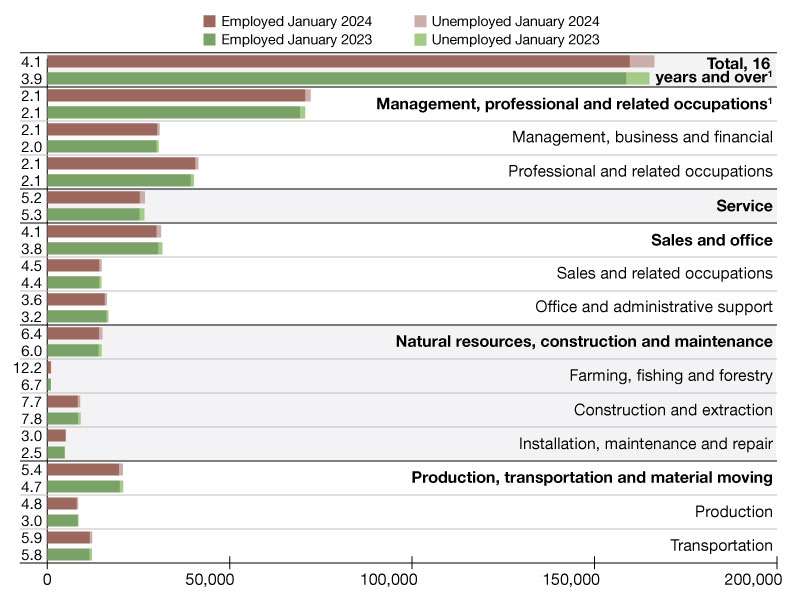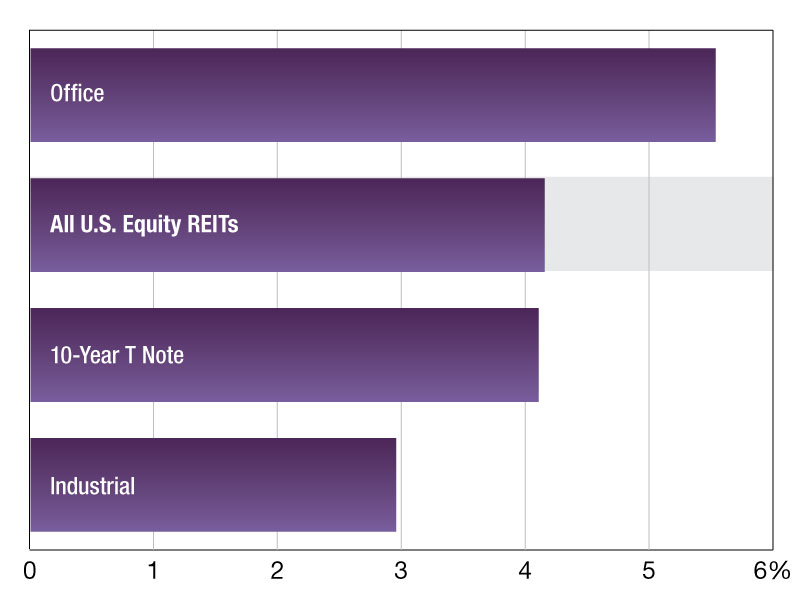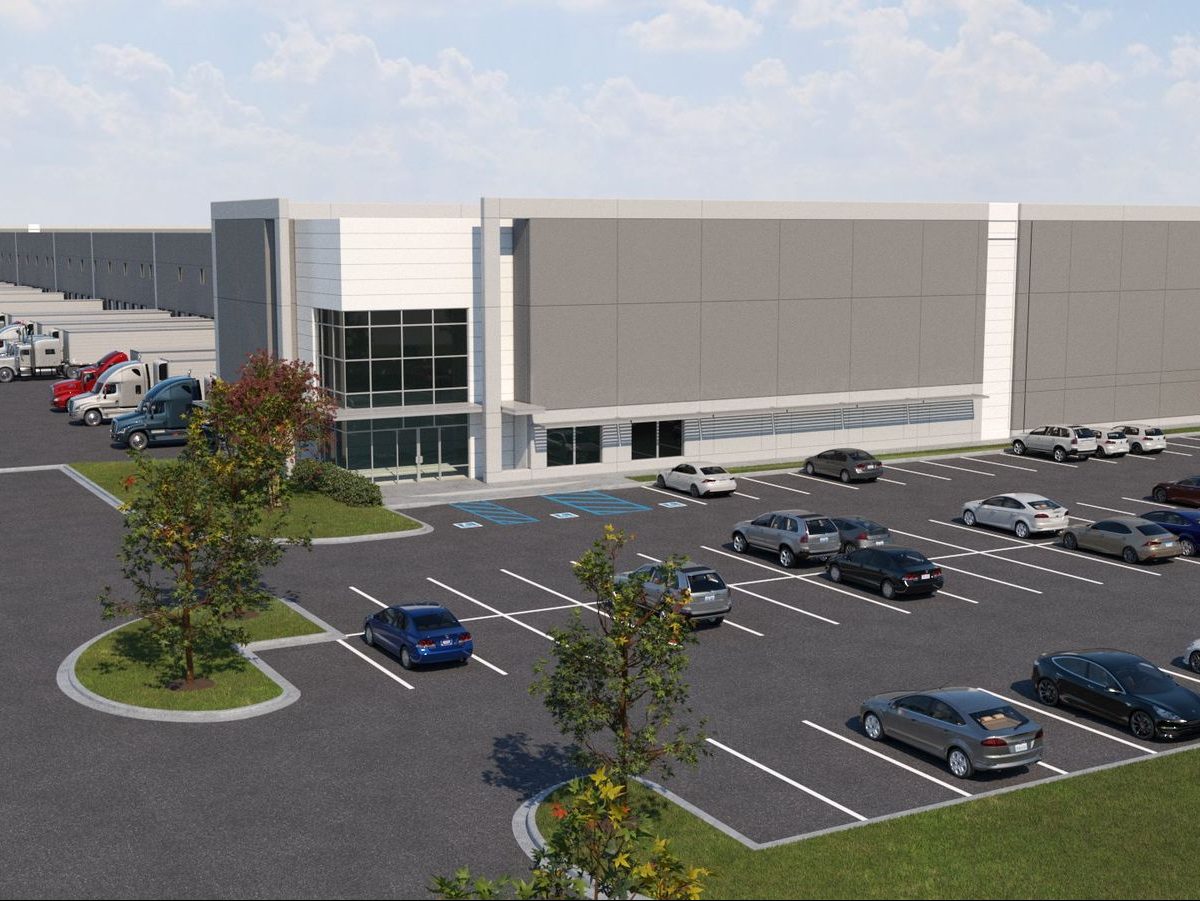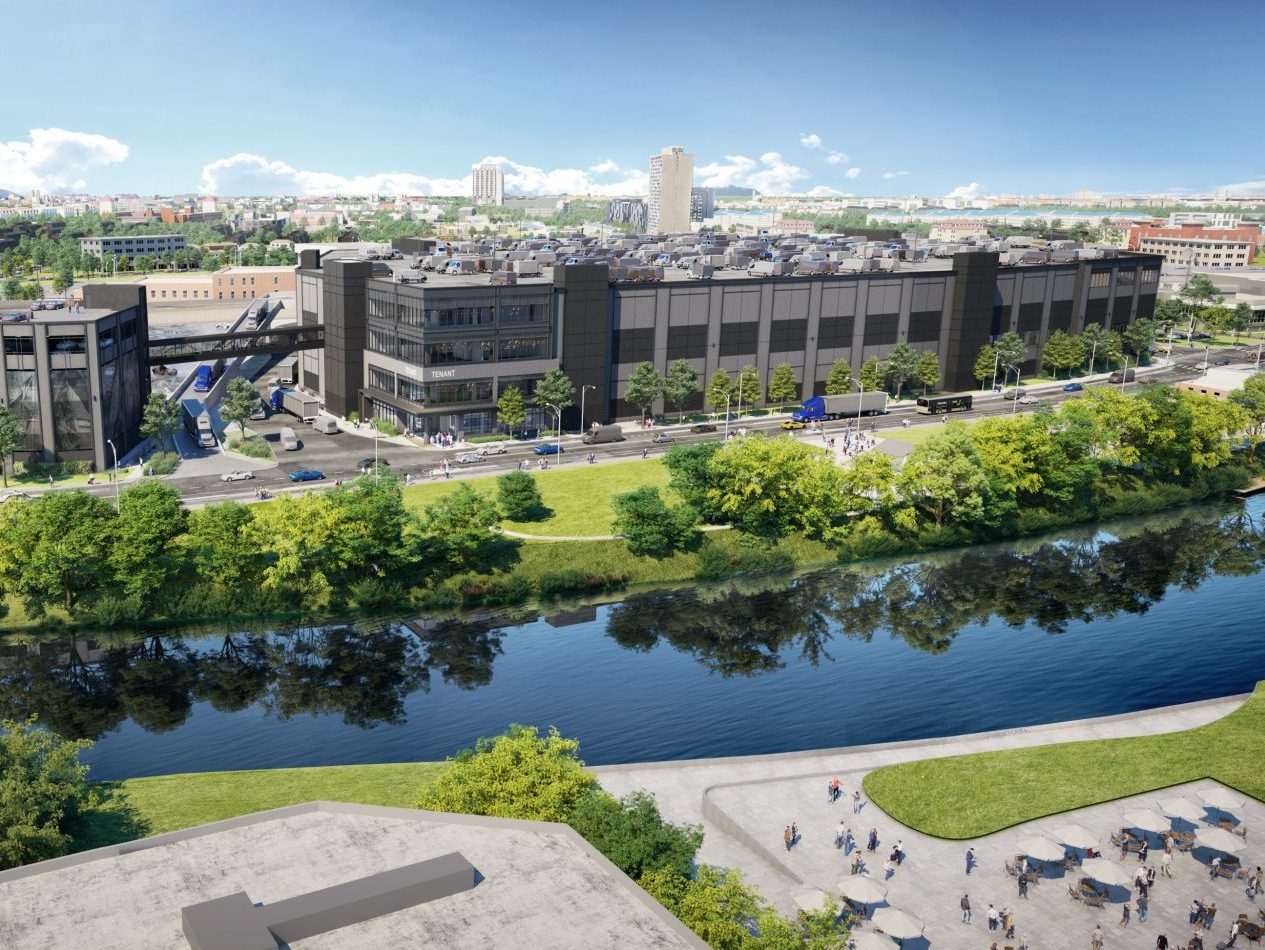Why Zero Makes Sense for Net Lease Investors
Zero cashflow transactions can sweeten the deal when it comes to buying "reliably boring" industrial assets, writes Avison Young's Jonathan Hipp.

How is the industrial market like someone’s grandmother? My grandmother was a reliable octogenarian who was constant in her love and attention. When we visited her, we could always count on huge hugs and kisses and fresh, homemade apple pies. We never knew her to attend a rock concert or hop on the latest fashion trends. In a word, she was reliably, lovingly boring.
And there, in a flowery apron and housecoat, you have the industrial market. Manufacturing, warehouse and distribution activity never seems to falter, while much sexier deals for gleaming glass towers trading at headline-busting, megamillion-dollar agreements rise and fall with the whims of the market. Kind of like last year.
Not only are industrial investments reliably boring in straightforward traditional deals, but there is also a little-used but growing vehicle that can add just a little more spice to this apple pie—zero cashflow transactions. We’ll have more on this in a minute. First, let’s look at why the industrial market is so vibrant at this point in the upcycle.
First, warehouse and distribution assets provide a more-than-ample adaptive reuse of shuttered or underperforming assets in both the office and retail sectors. Obsolete class B and C properties and empty shells that once served as big-box superstores are now being refitted for warehouse/distribution functions. With the explosive growth of e-commerce and the need for last-mile delivery, this reuse guarantees long-life for investors.
Of course, class A industrial assets are also trading at a premium. Such was the case with our December deal, with sale/leaseback firm Mesirow Financial, for online powerhouse Amazon. Avison Young brokered a two-building deal valued at $570 million sold as a zero cashflow.
As CPE reported recently: “Since the beginning of last year, approximately seven percent of all industrial transactions have involved properties leased by the company. Similarly, in terms of construction, a staggering number of large projects—some nearing four million square feet—have broken ground as the e-commerce giant continues to expand.”
And here is where zero cashflows make their entry. Oddly, or so it may seem, the deal we closed was a “zero.” Now, why in the world would an investor opt for such an odd choice? Let me explain.
Zeros are typically based in long-term triple net leases involving investment grade rated tenants, such as you-know-who. According to a recent Forbes article:
“Industrial distribution centers, necessity-based retail and corporate office headquarters are examples of properties that may be structured as a zero. These properties are often highly leveraged, with a loan-to-value ratio of 85 percent to 90 percent and requiring a minimal equity down payment for acquisition.”
After closing, the 1031 borrower can then use the proceeds of the sale to re-advance the part beyond the equity required to purchase the deal and retain a large portion of the cash from their sale. Plus, the tax upside is huge, especially if you can take advantage of a bonus depreciation deduction. Then the after-tax cost of the investment is very small.
Given the right circumstances, they can provide considerable tax benefits, especially for investors looking to capitalize on the explosive growth of the industrial net-lease marketplace. Now go and give your grandmother a big kiss.







You must be logged in to post a comment.